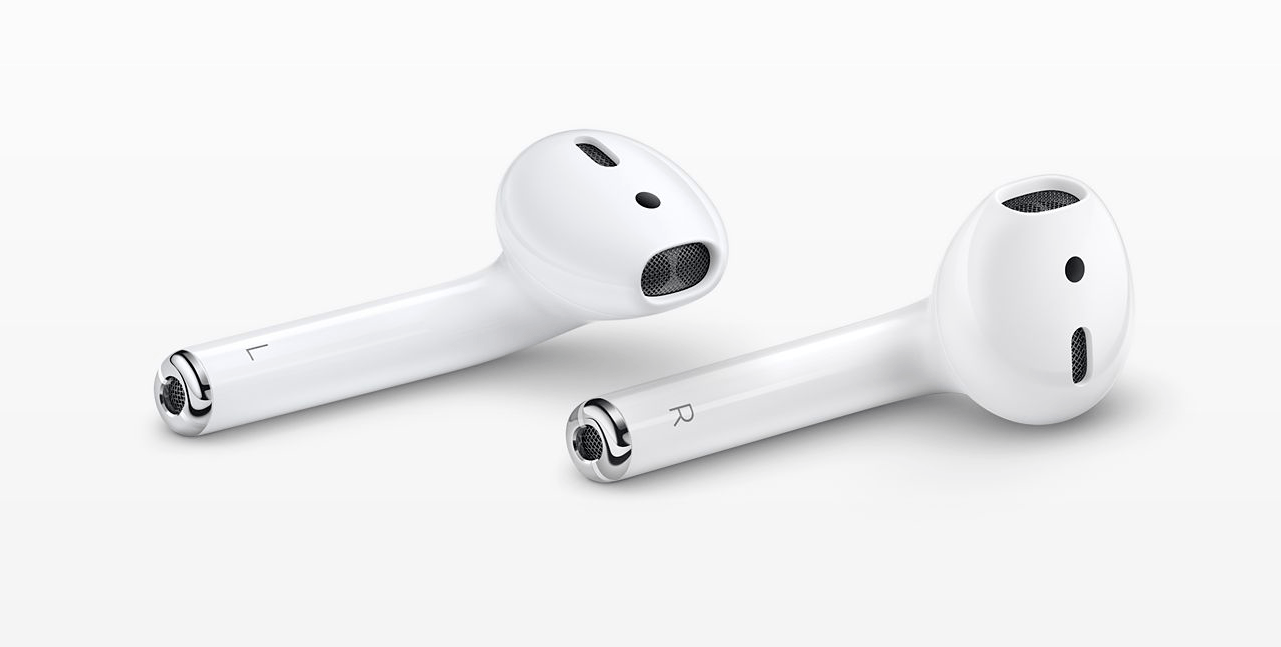Ortwin Gentz, one of the developers behind Where To, has noticed that the majority of iMessage apps and sticker packs in the top charts seem to be paid ones. He collected some numbers from the iMessage App Store and concluded:
The distribution of business models is even more interesting. In contrast to the iOS App Store where freemium titles dominate the top-grossing charts, the overwhelming revenue in the iMessage App Store comes from paid titles. This reminds me of the early days of the App Store where In App Purchase wasn’t even available.
Probably the #1 reason for this is the lack of IAP in no-code sticker packs. These sticker packs consist only of the actual artwork and are easy to create for designers who don’t want to code.
Currently, basic sticker packs – the ones that only require dropping a bunch of image files into Xcode – can’t offer In-App Purchases. As soon as Apple offers an integrated solution to bring In-App Purchases to iMessage sticker packs without writing code, I have no doubt we’ll see the iMessage App Store follow the “Free with In-App Purchases” model of the iOS App Store.
Unless Apple is deliberately pushing artists towards paid packs because they do not want to repeat what happened with the App Store? The perception of sticker packs right now reminds me of the early days of the App Store – that good work is worth paying for.


